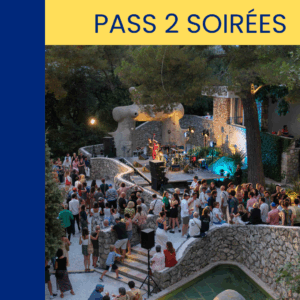
Wall Mosaïc
The perimeter wall made by Tal Coat surrounds part of the Fondation’s sculpture garden. In this vast mosaic nearly fifty metres long, the Breton painter wanted to transpose his plastic vocabulary of signs and traces which, in this mural context, is reminiscent of cave etchings. The wall is a homage to the caves of Lascaux, which had such an impression on the artist. Composed of flint and pebbles, Coat made it during construction, with materials he found on site. How many pebbles did he break to bring out the flint and mica that issue their dazzling reflections when the sun shines on the wall? And when it rains heavily, the stones change colour, so that the white and black emerge.
Tal Coat (1905-1985)
Pierre Jacob was born in 1905 in Clohars-Carnoët, Brittany. In 1927, he took the name Tal Coat (“wooden forehead”, in Breton) to avoid any confusion with Quimper-born writer and artist Max Jacob. A French painter, engraver and illustrator of the School of Paris, his first exhibition at Galerie Maeght was in 1954, and marked the beginning of a long collaboration.



